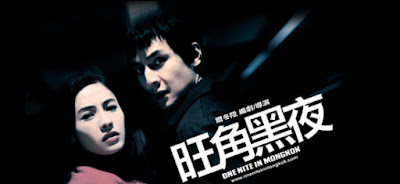Chinese Riddle 2: Martian Language
Mongkok is that area of Hong Kong where the darkest alleys of the city coexist with the most alternative youngsters and the realm of tourists (out of the covid season). Its name 旺角, "Prosperous corner", or wong6 gok3 ([wɔːŋ˨ kɔːk˧]) for locals, is so popular that can be written just as "MK". Its limits are imprecise: the name refers to a MTR station, but Mongkok identity spreads to the adjacent stations: From the southern Yau Ma Tei to Prince Edwards, in both sides of the spine of continental Hong Kong, Nathan Road. If Mongkok retains still today its dark alleys of gambling, pawn shops and prostitution, you will also find the most alternative hair-dyed youngsters of the territory and those contrasts that caracterize Hong Kong: Super modern malls hiding old popular wetmarkets. Today, the old fame of Mongkok as a crime venue has been replaced by a cool trendy culture where food and alternative fashion are some of its pillars.
But let's get into our riddle of tooday. Look at this picture. Nothing weird?
One of the characteristics of MK culture is the use of "Martian script", a particular use of Chinese characters that marks an alternative culture trendy and cool. This neon provides the most common example of Martian Script. Can you spot it ?
Of course! You noticed that there was something wrong in this neon billboard! The character in the middle is not Chinese! It is Japanese! Japanese culture, with its good reputation in food, media, and industry in general, is omnipresent in Hong Kong.- Every morning, going to work in the screen within the MTR, there is an advert in Ja pa nese ! -
This Japanese character の 'no' is a free morpheme indicating a variety of relationships like possession or more generally, modification. Its Chinese equivalent 的 'de' would express the same meaning in this phrase (New City). It is not surprising to use の, a Japanese character that everyone knows, and that is cooler than local 的.This "Martian language" is of course not a language, but an auxiliary written code that confers some modifications to Chinese to convey identity values. Chinese linguistis have detailed its rules, and although today, 10-20 years after its creation, it has lost its dynamism, it seems that the current situation in hte Special Aministrative Region is accidentaly encouraging its use.




Comentarios
Publicar un comentario